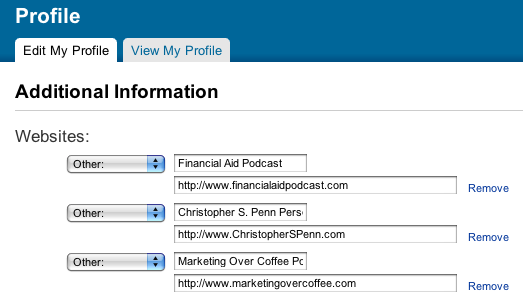End of the Line
Farewell, Bear Stearns. If it’s any consolation, a number of your colleagues will be joining you soon. Why? Simple: there isn’t enough money in America to save the financial system as we know it. It’s coming apart at the seams.
This is a good thing.
For sure, there will be lots of folks who will have to go through economic pain – heck, depending on the credit markets, there’s no telling how my current employer will fare, so I’m not at all exempt from this, either. It’s still a good thing overall, and here’s why. For the last 37 years, America has been living beyond its means. Our overall savings rate has dropped into the negative, and we’ve been spending like a drunken sailor.
Come to think of it, I’m fairly certain drunken sailors spend less. Because they typically don’t have access to leverage or derivative financial instruments, they can only spend what they have in port.
How much too much have we been spending? Warren Buffett warned in 2002 that derivatives – bets on bets, essentially – were financial weapons of mass destruction.
Charlie and I believe Berkshire should be a fortress of financial strength – for the sake of our owners, creditors, policyholders and employees. We try to be alert to any sort of megacatastrophe risk, and that posture may make us unduly apprehensive about the burgeoning quantities of long-term derivatives contracts and the massive amount of uncollateralized receivables that are growing alongside. In our view, however, derivatives are financial weapons of mass destruction, carrying dangers that, while now latent, are potentially lethal. – Berkshire Hathaway Annual Report
According to the Bank for International Settlements, the total outstanding notional amount is 516 trillion (as of June 2007).
The annual gross domestic product of the United States of America – the goods and services that back “the full faith and credit of the United States” on which all of our bonds and other promises are made is…15 trillion.
Think about that for a second. If 3% of the derivatives in existence go bad (about the same amount that touched off the subprime bonfire last year), an unravelling could occur that would exceed all the goods and services the country makes, period.
All of this massive leverage – which is a fancy word for gambling, really – is catching up to the financial system rapidly, and all of the money in the world can’t bail out the system. It’s my hope that things unwind in a relatively orderly fashion, like a building evacuation, so the building can be torn down and rebuilt more soundly, but one way or another, the house of cards is coming down, and needs to.
Americans need to start saving again. Yes, the entire financial system incentivizes us to spend, spend, spend, but if you can resist the temptations of mass media, marketing, and incentives and put some money aside, you’ll be far, far ahead of your peers and colleagues.
In a downturn, cash is king. Save, reduce expenses, and batten down the hatches.
Did you enjoy this blog post? If so, please subscribe right now!



Get this and other great articles from the source at www.ChristopherSPenn.com



